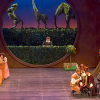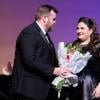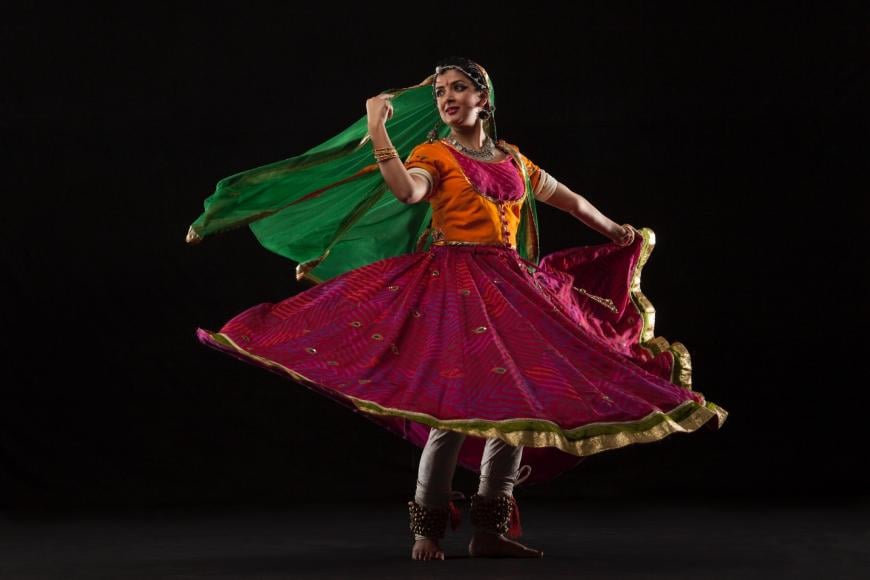
Mozart goes to India as Opera San José launches its 2022–2023 season with an all-new production of The Marriage of Figaro. Set during the colonial era of the British Raj and Victorian imperial rule, the opera acquires a fresh patina while maintaining its timelessness and its beloved libretto and score.
The creative team for the project includes conductor Viswa Subbaraman, director Brad Dalton, choreographer and cultural consultant Antara Bhardwaj, and Steven C. Kemp (scene design), Anshuman Bhatia (lighting), and Deepsikha Chatterjee (costumes). Figaro will be sung in Italian, with English and Spanish supertitles
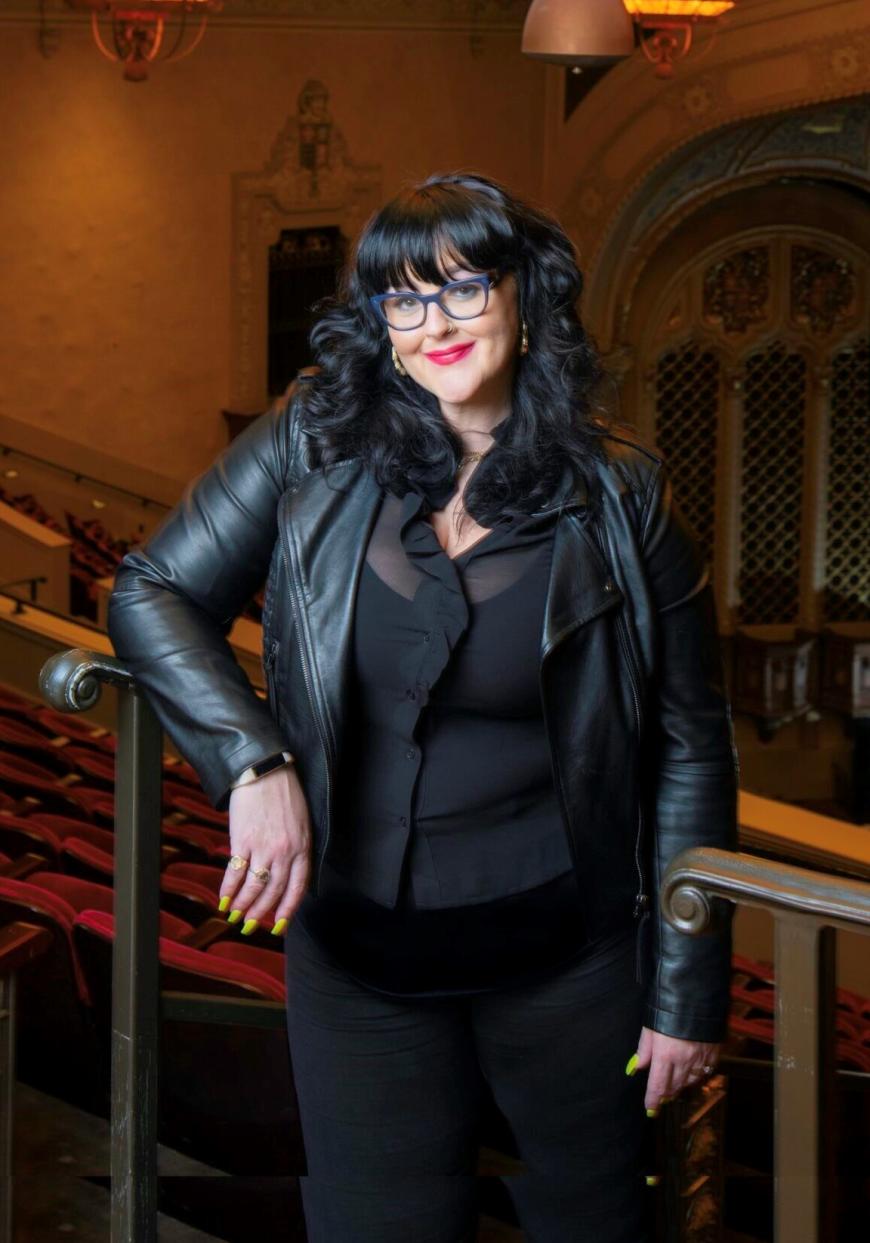
“Marriage of Figaro is more or less a perfect opera,” says General Director and CEO Shawna Lucey. “It’s performed on stages worldwide, which means it is owned by the world. [Mozart’s] music speaks to every person in every time. Every generation can find themselves in the piece.”
Lucey says setting Figaro in the time of the British Raj celebrates the work’s beauty and means featuring a cast that identifies itself as Indian. “We opened it to a new frame so our [Bay Area] citizenry who come from India see themselves in the piece. They see that Figaro belongs to them.” Subbaraman, she adds, hopes audiences who know and cherish the opera will fall in love with it for a second time. For audiences new to Figaro, his dream is that they might witness and be captivated by a masterwork seen through a new lens.
In its 38-year history, OSJ has presented Figaro three other times, including the company’s first performances given in the California Theatre in 2004–2005. Asked why the company mounts the work regularly, Lucey says, “our mission is incubating the next great stars of opera. It’s the perfect piece for established singers but also for emerging singers to center themselves. It works so well with the voice; it gives artists a chance to fine-tune their artistic style. Delving into the score, you can see that in each role, it’s like a well-cut suit. A singer can ‘put it on’ and test how they show it off best. Singers can own their voice and find themselves within this work at age 26 or at age 43. That’s the genius of Mozart.”
Choreographer Bhardwaj brings to the production her expertise as a dancer, filmmaker, and 13-year member of Chitresh Das Dance Company. Steeped in the traditions and technique of Kathak dance specifically, she worked to help the production better reflect Indian culture and society. Some scenes that are written for Figaro alone onstage now include the entire household.
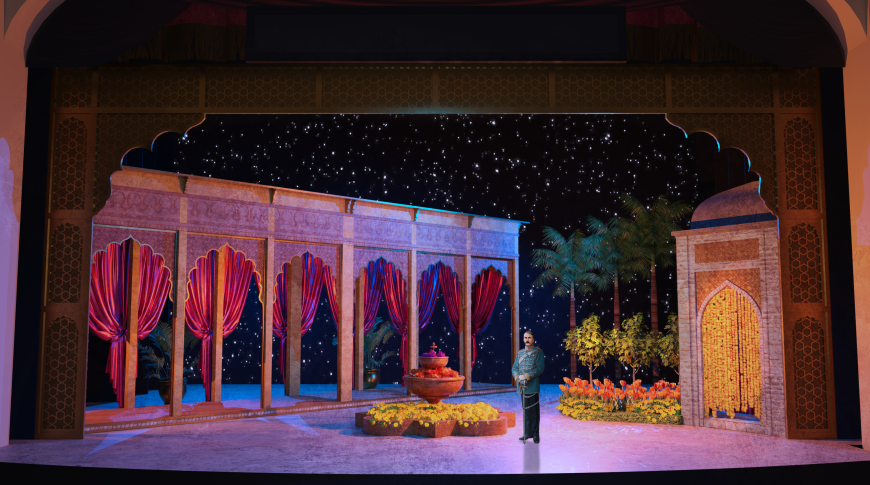
“That’s indicative of India, where you rarely get a moment in private,” says Bhardwaj. “There’s a constant community that is involved in the plot. The marriage scene, of course, is flamboyant. You’ll see a baraat, a traditional fanfare with a progression of men entering with the groom, and many other things of traditional Indian weddings. You’ll see Indian festivities throughout, but the presence of soldiers at the time of the uprising of the British Raj offers an underlying tension between the Indian workers and the British masters.”
If cultural tension provides drama and a Bollywood style wedding offers climactic flair, Bhardwaj’s classical training allows for nuance and sophistication in the choreography. “It doesn’t make sense for the villagers in this time period to be classically trained, so we’re integrating folk dance. My body moves in classical ways, but there is adaptation, such as not wearing bells on my feet. The bells are usually my instrument, but in this production, we’re not wearing them because bells are sacred, worn only for certain dances and then taken off, and we are showing more community dancing.”
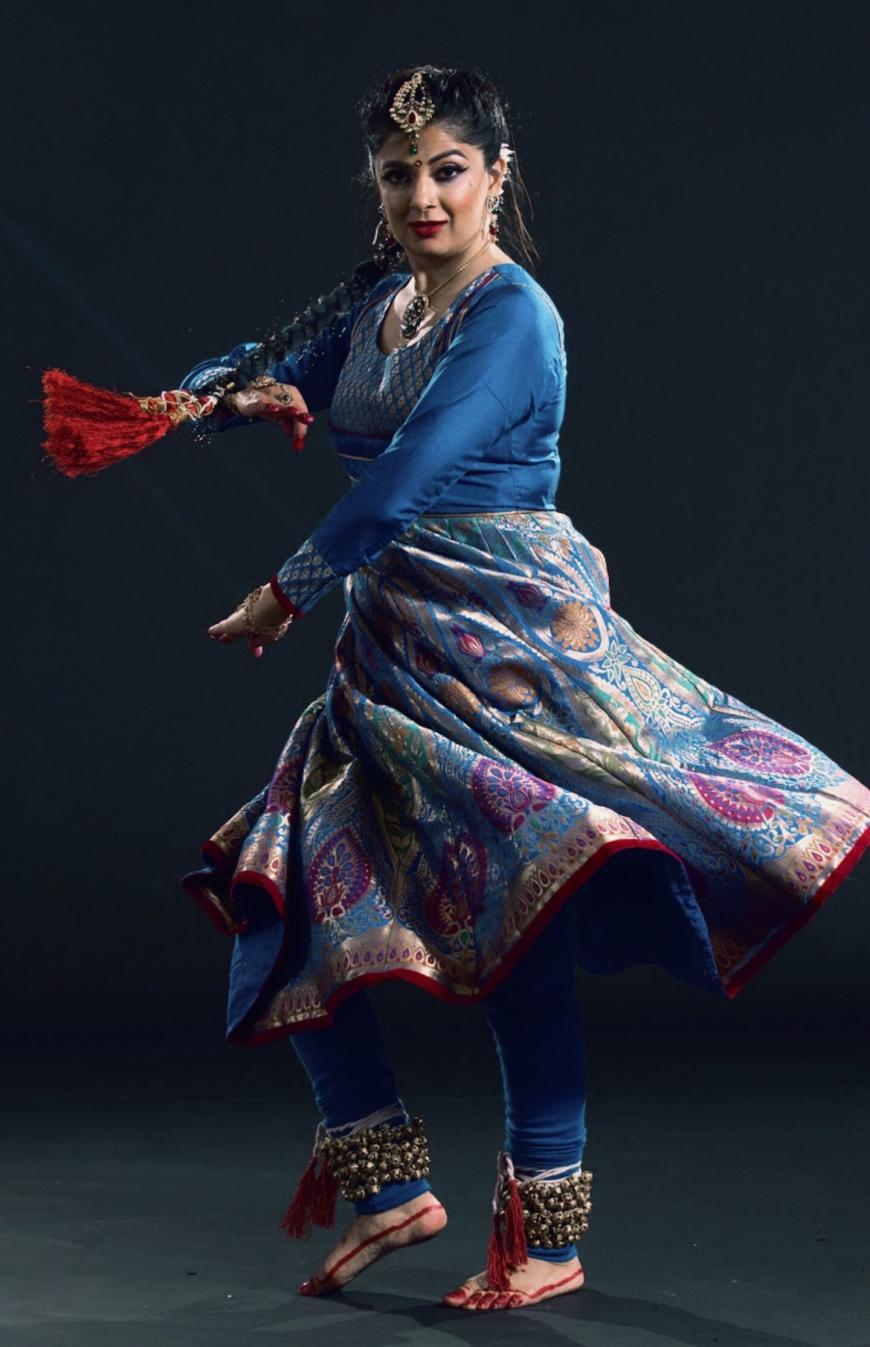
What audiences will see in addition to Figaro’s grandeur is exquisite Kathak storytelling that is often quite literal. An aria about flowers might have a performer’s hands gesturing as if picking a flower or demonstrating multiple flowers blossoming.
The musical diversity that Bhardwaj at first heard in Figaro has grown with repetition and familiarity to display parallels with the concept of raga, where a composition stays in a tight frame of notes. “It seems the melodic themes the opera stays within — I now hear them as similar. It took a while for my ear to recognize the reprises. I had to experience the entirety of it to hear it. The journey the music takes you on is similar to Indian classical music. The process of sitting with your attention on one thing for three hours is unusual in our three-minute Instagram world.”
While recognizing the connections, Bhardwaj says Indian influences included in the choreography are “not watered down.” She is most grateful for the opportunity to present the art form she loves on such a grand scale. “It’s a dream job. I come from a strong background not just of dancing and choreographing but of directing. I’m a strange combination of the small-town Indian homes of my parents … and my life here as a classically trained artist. In the West, funding for independent artists is usually limited, and we wear many hats. This production — it is a luxury to have time, space, and these artists working together with proper funding to produce incredible art.”


